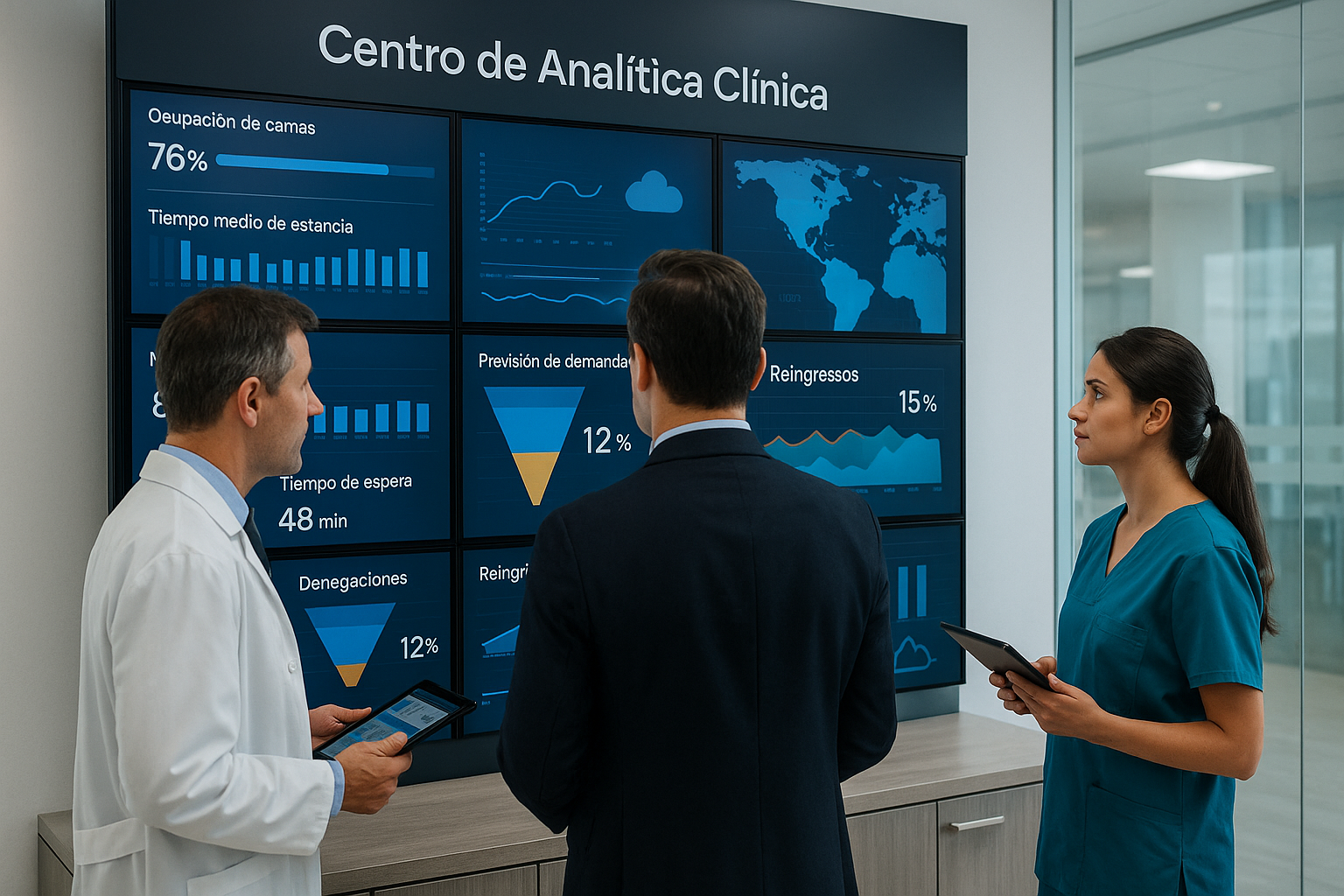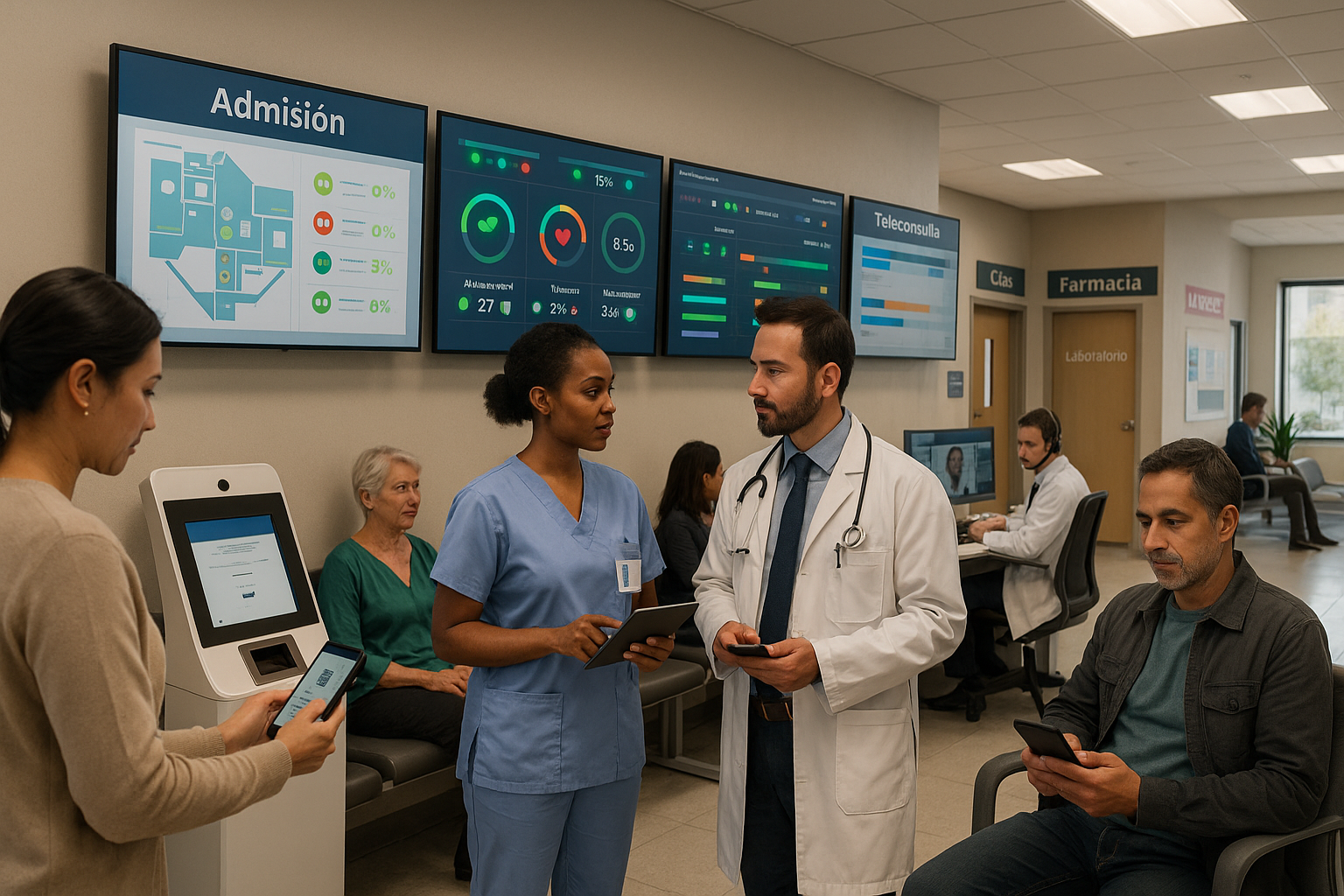There is no doubt of the substantial benefits to be gained from electronic health record (EHR) systems. EHR systems have been proven to improve patient care, lower hospital operation costs, increase staff retention, and increase overall efficiency.
However, as more EHR vendors enter the sphere of healthcare management, serious unintended problems have emerged. Insufficient system design as well as improper operation have led to EHR affiliated errors that can risk the integrity of sensitive information in addition to a decrease of quality care and patient safety.
While there may always be risks involved with EHR systems in varying degrees due to implementation and user errors, health service providers can mitigate those risks by identifying common EHR failings and avoiding set-backs through careful planning.
1. Failure to Fully Implement the EHR Solution:
Many of the hospitals we’ve spoken to were sold a bill of goods, but they were never fully delivered upon. For some, 4 years into the implementation they still have no clear concept of when the project will be finished or even what they’re supposed to do with it. The other most common reason we see failed EHR implementations is that the hospital actually opted to hire their own internal staff of programmers to build their own custom solutions and these almost always fail.
Another common reason is that these other EHR solutions were built for the past, not the mobile connected physician of the future. HarmoniMD was specifically designed for the demands of comprehensive operation on mobile devices at the patient bedside and this makes all the difference.
2. The EHR Forces the Hospital to Change Beyond their Capabilities:
Many implementations stall because they truly cannot be customized. Although the system may do a few things well, putting it all together is not possible.
HarmoniMD is highly customized and our ECD’s (electronic clinical documents) are where this comes to fruition DCEs serve as dynamic digital roadmaps to complete specific intervention regimens, such as intake assessments or assessments. DCEs are not static forms that must be completed, but rather contain One-Click Order Sets for medications, nursing orders, etc. Additionally, they can be created in any language.
Everything at HarmoniMD is designed for each department’s current workflow. And the workflows themselves are customized to seamlessly track the patient as they travel from department to department, through patient queues.
3. The EHR Doesn’t Communicate with Other Hospital Systems:
One of the most common problems is that the real-time documentation of care is not connected to billing and claims reimbursements. Clinicians and administrators take copious notes in order to describe the care they provided so that later, the billing department can recode it for proper reimbursement. This is an obvious duplication of effort and error-prone.
The other most common problem here is that the Imaging System is separate from the patient’s medical record. Only the radiologist, using their Imaging Workstation computer with a huge monitor, can look at the image in full diagnostic quality. We digitally associate all completed reports into our system and launch a fully functional web viewer directly from HarmoniMD so that these images can be viewed and analyzed in their original form.
4. The EHR Doesn’t Actually Support Clinical Decision Making:
Clinical Decision Support Systems (CDSS) are an important part of the future of EHRs. But most systems don’t even try to help doctors do their jobs, leading to dissatisfaction and disengagement. HarmoniMD Electronic Clinical Documents (ECDs) themselves are a form of clinical decision support as they are protocol-driven. The true power of DCEs is evident when they are defined by expert physicians who instill their clinical knowledge directly into them as directives.
HarmoniMD also uses automated medication contraindication alerts through our integrated VIDAL Vademecum medication information database, which breaks down alerts by level of severity and even considers weeks of gestation during pregnancy. This results in powerful, real-time clinical decision support that minimizes adverse event outcomes.
EHR Implementation Through Infrastructure & Leadership
Changing a hospital to a truly digital environment takes commitment and change, and this is always challenging. This is always challenging and requires leadership. The first step for leaders is to understand the core causes of ECE failure to minimize risks and their impact on patient care and hospital workflows.
HarmoniMD is designed to help hospitals of any size improve their level of care and transform the way they operate. Learn about the many ways we can help by contacting us today!



